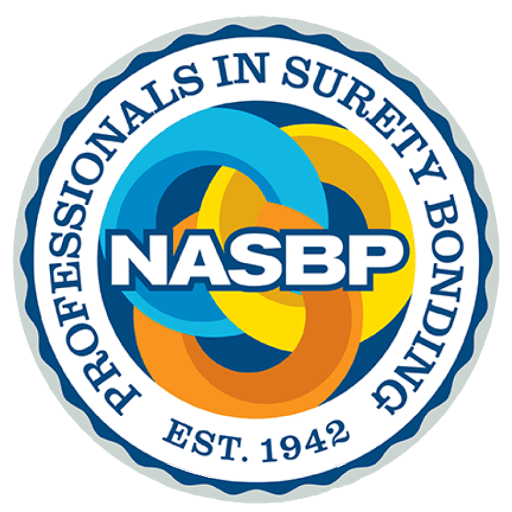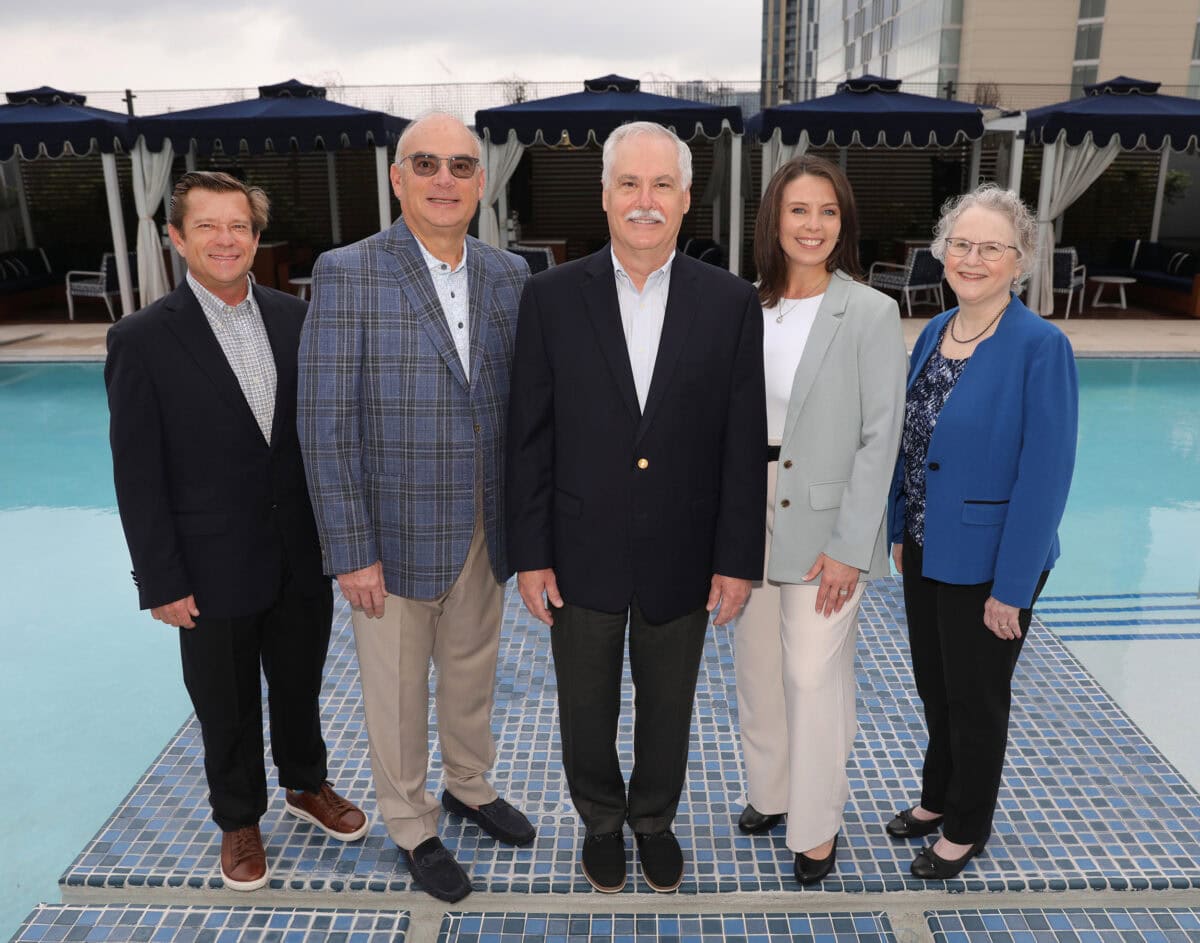
The Power of Stakeholder Relationships: NASBP Advocacy Initiatives
As we move towards the close of 2013, I am excited to report on two recent surety industry advocacy matters in which NASBP played a seminal role.
In the first, NASBP assisted the Arkansas Building Authority (ABA) in revising its Performance Bond and Payment Bond form based on modifications offered by NASBP. About a year ago the ABA began to study ways for improved protection of state agency construction projects regarding contractor defaults. The ABA reached out to the Associated General Contractors of Arkansas (AGC), which in turn recommended that the ABA reach out to some local surety professionals, including NASBP members and affiliates, to explore if anything could be done without creating a dramatic change to the ways business is conducted and without adding cost to the state. NASBP activists Jim Lareau and Matt Cashion contacted NASBP, which offered suggestions to make improvements to the existing bond so as to provide separate bond limits for the performance bond and the payment bond. NASBP also consulted with SFAA to gain additional feedback. The ABA has been using a bond form that provided a combined aggregate amount of protection for the state for the performance and payment obligations. The ABA will begin including the revised form in project manuals in December for January 1, 2014 contracts.
The ABA bond form revision process is emblematic of how forging trusting relationships with industry stakeholders can position NASBP and the surety community to assist such stakeholders in dialogue and in problem solving. While the ABA did not accept all of the revisions offered on the Performance Bond and Payment bond form, NASBP gained an invaluable opportunity to work with a major public owner on a matter that otherwise might have been accomplished without surety community participation and feedback. Our responsiveness and willingness to provide constructive feedback likely will continue to pay dividends as situations arise in the future.
The second matter in which NASBP played a significant role is the Maryland Insurance Administration Final Report on the Analysis of the Practices of Corporate Sureties and Individual Sureties in Maryland, dated November 25, 2013 (MIA Report). NASBP is pleased with the findings of the MIA Report, which supports NASBP’s agenda to (1) allow the law authorizing the use of individual sureties in the state to sunset as scheduled on September 30, 2014; and (2) require all sureties doing business in Maryland to be required to obtain a certificate of authority from the insurance commissioner in order to better safeguard the public against fraudulent surety bonds. The conclusion of the Executive Summary of the MIA Report states:
In conclusion, the MIA has not found any evidence to support a conclusion that corporate sureties are unable to
meet the needs of the current market. The MIA has not identified any additional areas where existing laws and
regulations for licensing and regulating corporate sureties or surety insurance producers are inadequate. The MIA recommends that the laws authorizing the use of unregulated individual sureties on public works contracts
in the State be permitted to sunset as scheduled on September 30, 2014.
The MIA Report was mandated by a bill passed by the Maryland General Assembly in 2012, concerning Fraudulent Insurance Acts—Individual Sureties—Contracts of Surety Insurance, which was a successful state legislative initiative undertaken by NASBP to bolster legal repercussions against unscrupulous individuals acting as unauthorized sureties in Maryland. A portion of the law required the MIA to conduct an analysis of the practices of corporate sureties and individual sureties in Maryland and to submit a final report to certain committees on or before December 1, 2013. NASBP will distribute the MIA Report in its lobbying efforts in Maryland, in the federal arena, and in other states, to demonstrate the stark disparity in behavior between individual and corporate sureties and the rationale on why all surety markets, whether corporate or non-corporate, should be adequately overseen and governed by state insurance commissioners. As noted in the MIA Report, certain individual sureties have engaged in fraudulent and misleading conduct, resulting in the acceptance of bonds on public work that placed taxpayers and bond users at risk and that denied contract awards to rival bidders who submitted proper surety bonds.
Following are some of the direct comments, observations, and conclusions from the MIA Report on corporate sureties and individual sureties in Maryland:
- There currently are 145 authorized corporate sureties actively writing surety bonds or contracts of surety insurance, suggesting a robust and competitive surety insurance marketplace in Maryland.
- Between 2004 and 2012, total written premium in Maryland for surety bonds or contracts of surety insurance issued by corporate sureties has increased by 53.5%.
- In the last 25 years, there have been no insolvencies of a corporate surety domiciled in Maryland. In the last 10 years there have been two corporate sureties operating in Maryland that were declared insolvent by their respective states of domicile [American Bonding Company (Arizona) and First Sealord Surety Inc. (Pennsylvania)]. Claims filed against the insolvent corporate sureties are covered by the Maryland Property and Casualty Insurance Guaranty Corporation (“MPCIGC”). The MPCIGC reported that through August 1, 2013, it paid $161,117 for claims and $37,500 for related expenses in connection with one of the insolvencies, and that it is unaware of any covered claims that were not paid in full. The MIA identified no impact of these insolvencies on the availability of surety bond or contracts of surety insurance in the Maryland insurance market.
- Claimants under contracts of surety insurance issued by a corporate surety that becomes insolvent have protection under the [MPCIGC], while claimants under contracts of surety insurance issued by individual sureties do not.
- The MIA has identified no basis for continuing to permit unregulated individuals to solicit or issue surety bonds or contracts of surety insurance. The MIA recommends that the laws authorizing the use of individual sureties in the State be permitted to sunset as scheduled on September 30, 2014.
- At this time, the MIA has not identified any areas where existing laws and regulations governing corporate sureties are inadequate.
- In order to better safeguard the public against the issuance of fraudulent surety bonds or contracts of surety insurance, all sureties doing business in the State should be required to obtain a certificate of authority issued by the Commissioner and should be subject to the same level of regulatory oversight required for corporate sureties under Maryland law.
- In Maryland, an insurance producer licensed to sell surety insurance…does not have a separate producer license but must be licensed as a property and casualty insurance producer…. The MIA has identified no evidence of a need for licensure requirements that are specific for surety insurance producers who sell surety bonds or contracts of surety insurance.
To access the 2013 MIA Report (40 pages), click here and to access the Report’s 12 Appendices (89 pages), click here or to access the full Report with Appendices attached (129 pages), click here.
Get Important Surety Industry News & Info
Keep up with the latest industry news and NASBP programs, events, and activities by subscribing to NASBP Smartbrief.




